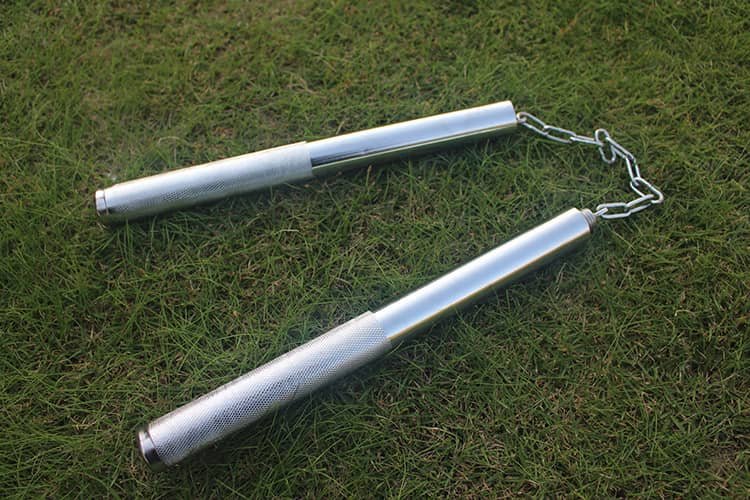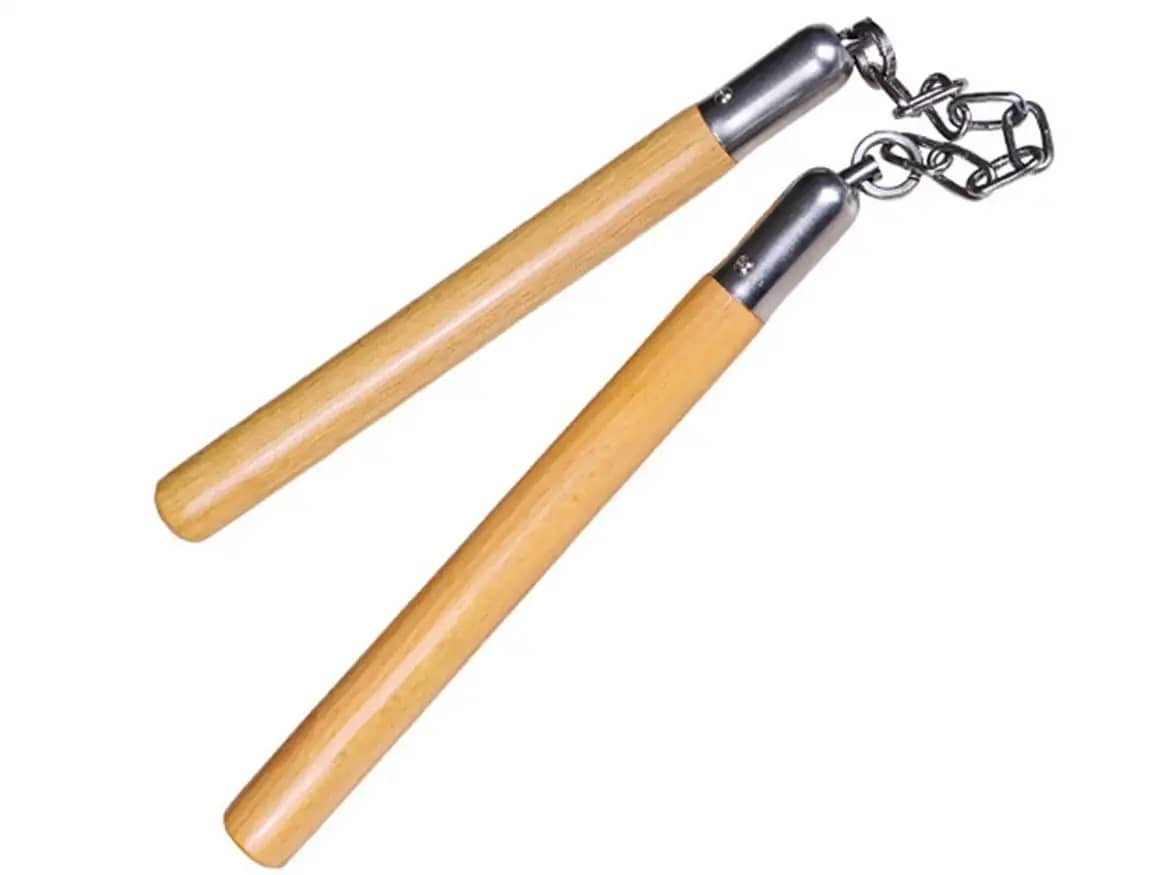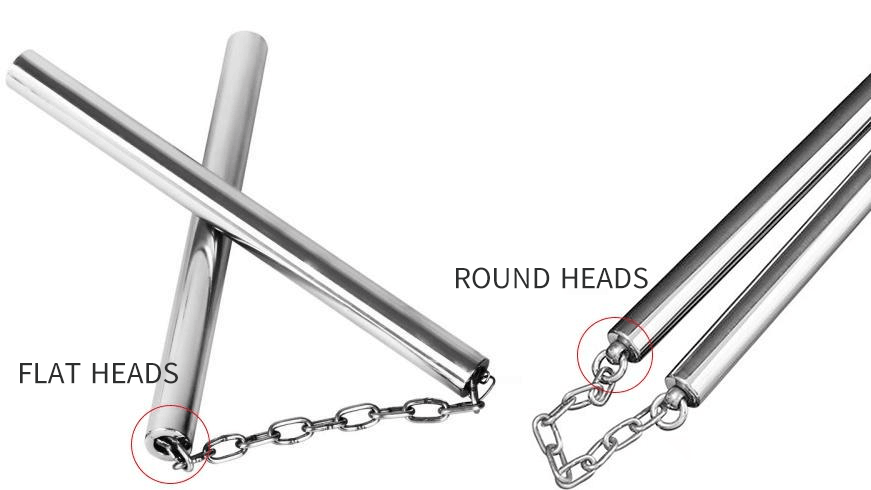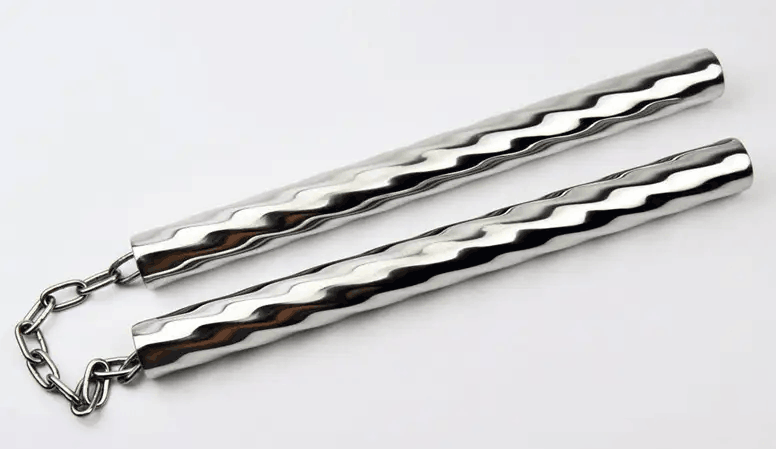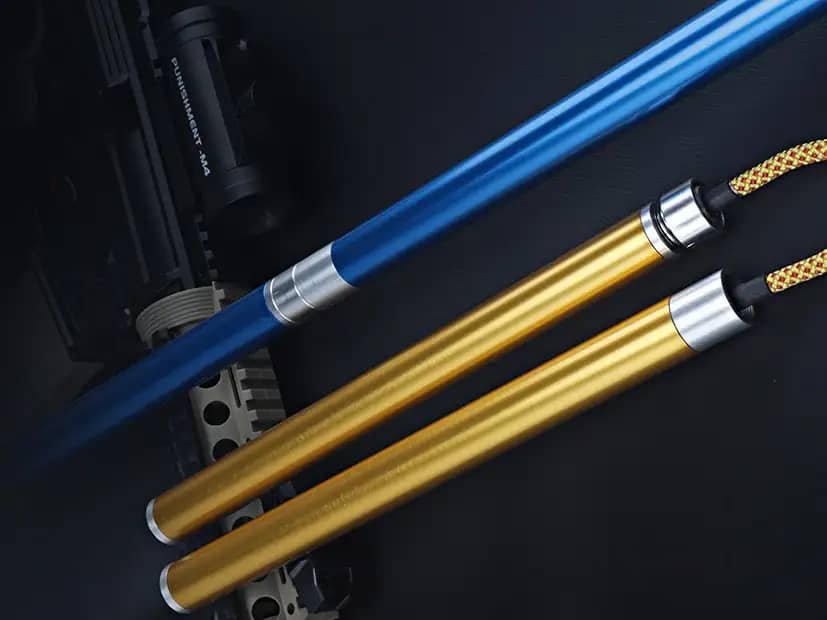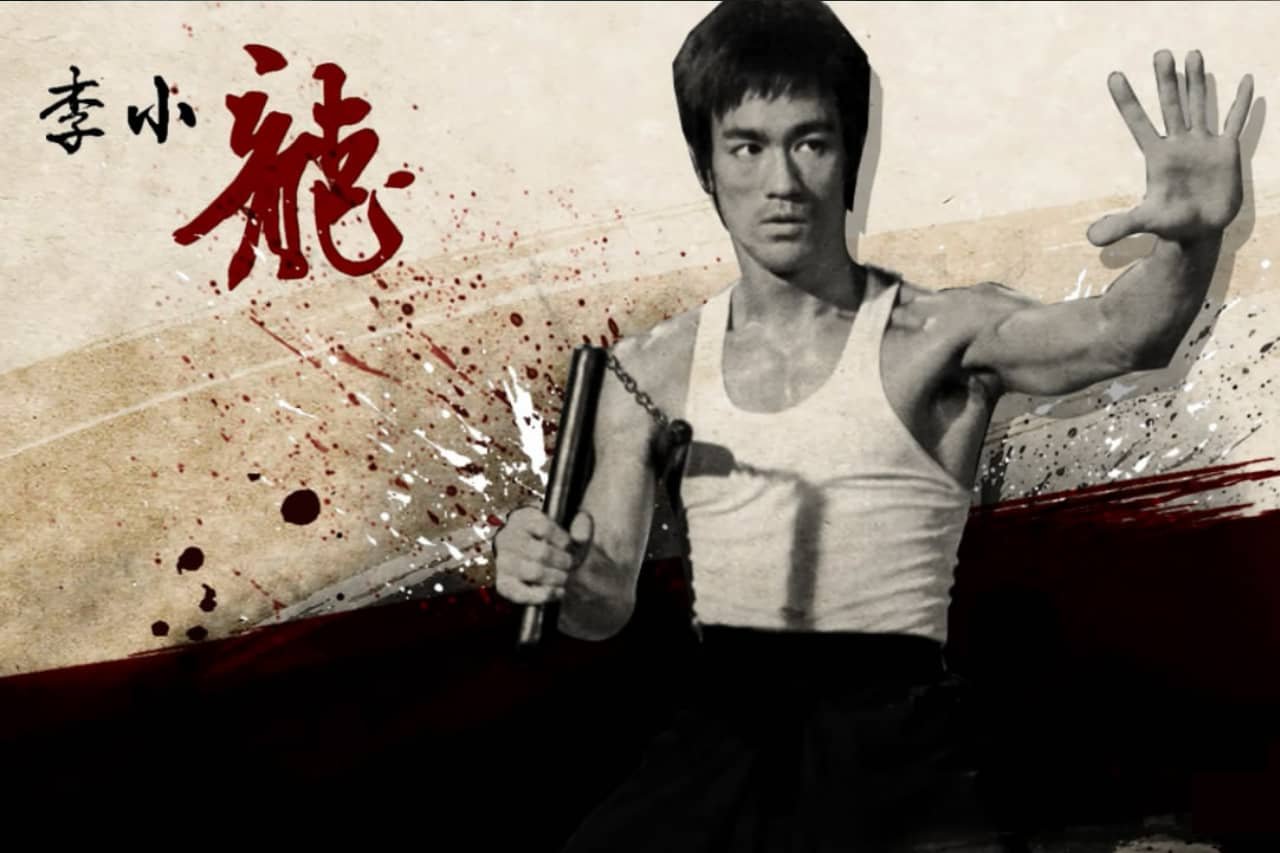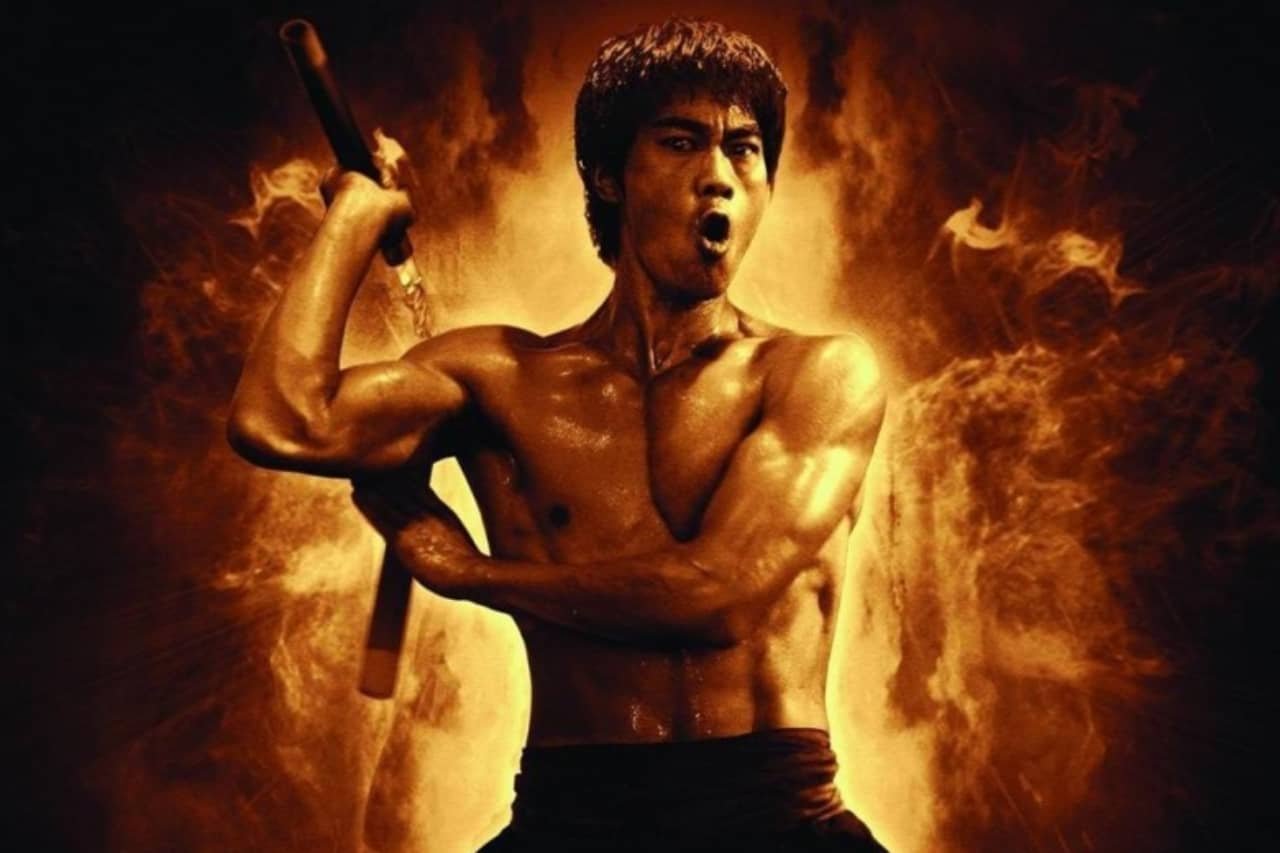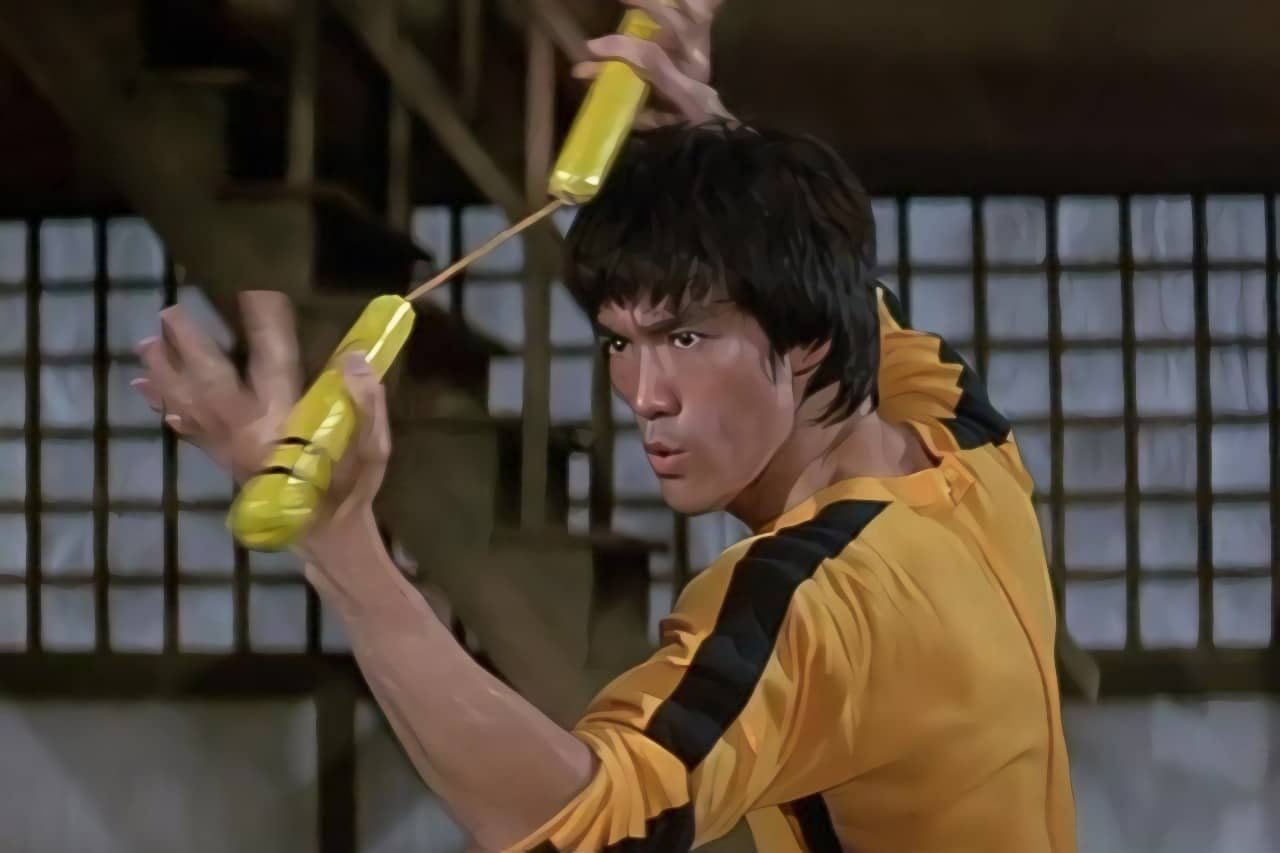How to Choose the Right Nunchaku for Yourself?
Choosing the right nunchaku is a matter of great importance. For every enthusiast, selecting and using the right model can significantly enhance training efficiency and deliver better results. On the other hand, choosing the wrong type can hinder progress and lower the quality of your practice.
For beginners, it’s crucial to understand the principles of selecting the appropriate model at the entry level. For more experienced practitioners, it’s important to realize that sticking to a single type can lead to limited skill development. To maximize your practice, it’s best to switch between different models. However, with the variety available on the market, including different materials, designs, and sizes, the selection process can be overwhelming. This article will break down the key parameters and offer advice for both beginners and experienced users on how to choose the right tool.
Main Types:
Currently, the most popular models can be categorized into three main types based on material: stainless steel, wooden, and foam nunchaku. Additionally, there are options made from plastic, rubber, and other materials, as well as special designs like glow-in-the-dark or cold-spark nunchaku, which are designed for specific uses and won’t be covered in detail here.
1. Stainless Steel:
Stainless steel models are the most common for performance use due to their uniformity, durability, and good grip. They offer excellent stage presence and are a must-have for most practitioners. We highly recommend this type for anyone serious about practice.
Stainless Steel Nunchaku
2. Wooden:
Typically connected by a chain or rope, wooden nunchaku are prone to moisture damage, and the connecting grooves can easily crack, making them less suitable for high-intensity training. Their primary purpose is for striking practice, but due to the risk of breakage, wooden models are best suited for collecting rather than regular use.
Wooden Nunchaku3. Foam:
The advantage of foam nunchaku lies in their lightweight and safety. When learning new or dangerous moves, there’s a higher risk of injury, either to yourself or others. Foam models greatly reduce this risk while allowing you to master new and challenging moves. Therefore, it’s recommended to use them when practicing unfamiliar techniques.
Sponge NunchakuSummary:
When choosing materials for nunchaku, we recommend stainless steel nunchaku as your primary option and foam nunchaku as a secondary tool for learning difficult moves. Once you’re comfortable with the technique, switch to steel nunchaku to solidify your skills. Wooden nunchaku, due to their fragility, are best suited for collection. Owning a high-quality wooden set can also serve as a symbol of elegance. The following specifications will focus mainly on stainless steel nunchaku, while foam models can be selected with similar parameters due to their different material properties.
2. Main Specifications
The primary specifications for nunchaku are length, diameter, chain length, and weight. Below is a detailed explanation of these four parameters:
Length: Most steel nunchaku on the market are 27-28 cm in length, suitable for most practitioners. However, for women or younger individuals, shorter nunchaku can be a better choice.
Diameter: Common diameters are 22 mm and 25 mm. In China, most practitioners use 22 mm nunchaku, which fits comfortably in most hands and allows for a full range of techniques. For women or children with smaller hands, a smaller diameter nunchaku may be more appropriate.
Chain Length: The right chain length ensures the full potential of nunchaku techniques. A 16 cm chain (10 links) suits most adults. Depending on your hand size and arm length, adjustments can be made. Women or younger practitioners might prefer a shorter chain (9 links), while those with larger hands can opt for 11 links.
Weight: For general training, we recommend nunchaku weighing between 180g and 220g. This weight is ideal for learning fundamental techniques and gaining basic control. For advanced students in specialized training, heavier nunchaku (220g-600g) may be used. However, be cautious about choosing overly heavy nunchaku, as prolonged use can lead to wrist strain. If you’re a beginner, it’s best to start with 180g to ease into practice.
Summary:
These four specifications—length, diameter, chain length, and weight—can vary depending on individual needs. If you’re new to nunchaku and unsure of the best fit, we recommend starting with a standard model: 180g weight, 22mm diameter, 10-link chain (16cm). This specification works well for most adults. After practicing with this size for some time, you can make adjustments based on your personal preferences.
3. Other Specifications
In addition to the four main parameters mentioned earlier, you may come across other options when purchasing nunchaku. These include: sound vs. silent, flat-head vs. round-head, grooved nunchaku, and two-in-one nunchaku. For those with little experience, these terms might seem unfamiliar, so let’s break them down:
1. Sound Nunchaku:
Sound nunchaku are a modern invention that adds an auditory element during performances, making them more dynamic and impressive. They are great for performances but are not necessary for regular training. Sound nunchaku can be noisy, and if you train in residential areas or shared spaces, it’s better to opt for silent nunchaku to avoid disturbing others.
2. Round-Head Nunchaku:
Round-head nunchaku have a circular ring at the connection point between the chain and the sticks. Most nunchaku under 300g have flat heads, but there are some with round heads. The issue with round-head nunchaku is that they can interfere with certain movements, especially during flourishes, making it harder to keep the sticks straight. Heavier nunchaku (over 300g) often need round heads to reduce wear and tear on the chain and stick connection. As a general rule: If flat heads are available, choose them; if not, go with round heads. Flat-head nunchaku are generally the best choice.
flat heads &round heads
3. Grooved:
Grooved nunchaku were popular in the past, but they are not recommended. Some manufacturers claim that the grooves provide an anti-slip benefit, but in reality, they are mostly decorative and don’t improve grip. The grooves can also affect how the tool feels in your hands. For those with sweaty palms, no groove pattern will offer much help. Instead, focusing on strengthening your basic grip and control through practice will be far more effective than relying on anti-slip textures.
Grooved Nunchaku
4. Two-in-One:
Two-in-one nunchaku with rotating joints may look flashy, but they are not recommended. The joints can easily cause injury to your hands, and due to the uneven weight distribution between the two sticks, they offer poor handling.
Two-in-One Nunchaku
Recently, magnetic two-in-one nunchaku have been introduced, which avoid the issue of sharp connections. These magnetic tools are great for learning hand techniques and allow you to create unique moves. However, they are more suitable for advanced practitioners looking to expand their skills and should not be used by beginners as their main training tool.
Magnetic Two-in-One Nunchaku
Summary:
For beginners purchasing their first set of training tools, it’s advisable to avoid the four types mentioned earlier. Additionally, some options come with special finishes, like matte textures, but these are not recommended for those just starting out. As a newcomer, simply opting for a silent, flat-head stainless steel model with smooth edges and no defects will be more than sufficient.
How to Use Different Nunchaku Specifications for Advanced Training (Extended)
By now, you should have a good understanding of how to select the right training tools. However, relying on just one type or weight throughout your journey will limit your progress. Using the same equipment for extended periods can lead to rigid control, slowing your improvement and making it harder to refine techniques. To get the best results, we recommend alternating between lighter and heavier tools in your routine—this method has consistently worked in our practice.
Starting with a lightweight option around 180g is ideal for basic training. As you advance and strengthen your techniques, you can move up to medium weights typically between 220g and 300g. For daily foundational training, heavier tools weighing 300g to 600g can help improve control, wrist strength, and speed. However, for performances or group sessions, switching back to lighter options between 180g and 220g will yield optimal results.
Of course, the weight should be adjusted according to your personal capabilities—lighter and heavier tools each have their benefits, and heavier doesn’t always mean better. It’s important not to rush into using heavier models if you haven’t yet mastered the movement patterns. For new or challenging techniques, using foam practice tools allows you to safely work on moves until you’re comfortable. Incorporating different weights over time will significantly boost control and training efficiency.
These tips are meant to guide both beginners and more experienced practitioners in selecting and using equipment. Craftsmanship plays a big role in performance, and factors like balance, materials, finishing, and sound effects can influence how well your tools perform. While this article serves as a simple introduction, those with more experience have likely developed personal insights through their own comparisons and practice.
Related Kung Fu
Nunchaku Beginner Tutorial(18 Lessons)
Nunchaku requires advanced skill, with styles in performance and combat. It can swing, strike, disarm, and control. Training improves speed, precision, and effectiveness in close combat. Versatile and portable, it’s popular in both performances and combat, demanding coordination and speed for offense and defense.
Nunchaku (Basic 12 Techniques)
The 12 classic nunchaku techniques cover both offense and defense, making them perfect for beginners. Mastering these will give you a solid foundation and get you started on your nunchaku journey.
Nunchaku (Practical Combat Training)
Nunchaku requires advanced skill, with styles in performance and combat. It can swing, strike, disarm, and control. Training improves speed, precision, and effectiveness in close combat. Versatile and portable, it’s popular in both performances and combat, demanding coordination and speed for offense and defense.
Nunchaku (18 Combo Techniques)
Throughout this course, you won’t just learn individual techniques but will also delve into the essence of nunchaku combat. Continuous practice of these moves will enhance your stability and explosiveness, making your transitions between offense and defense seamless.
